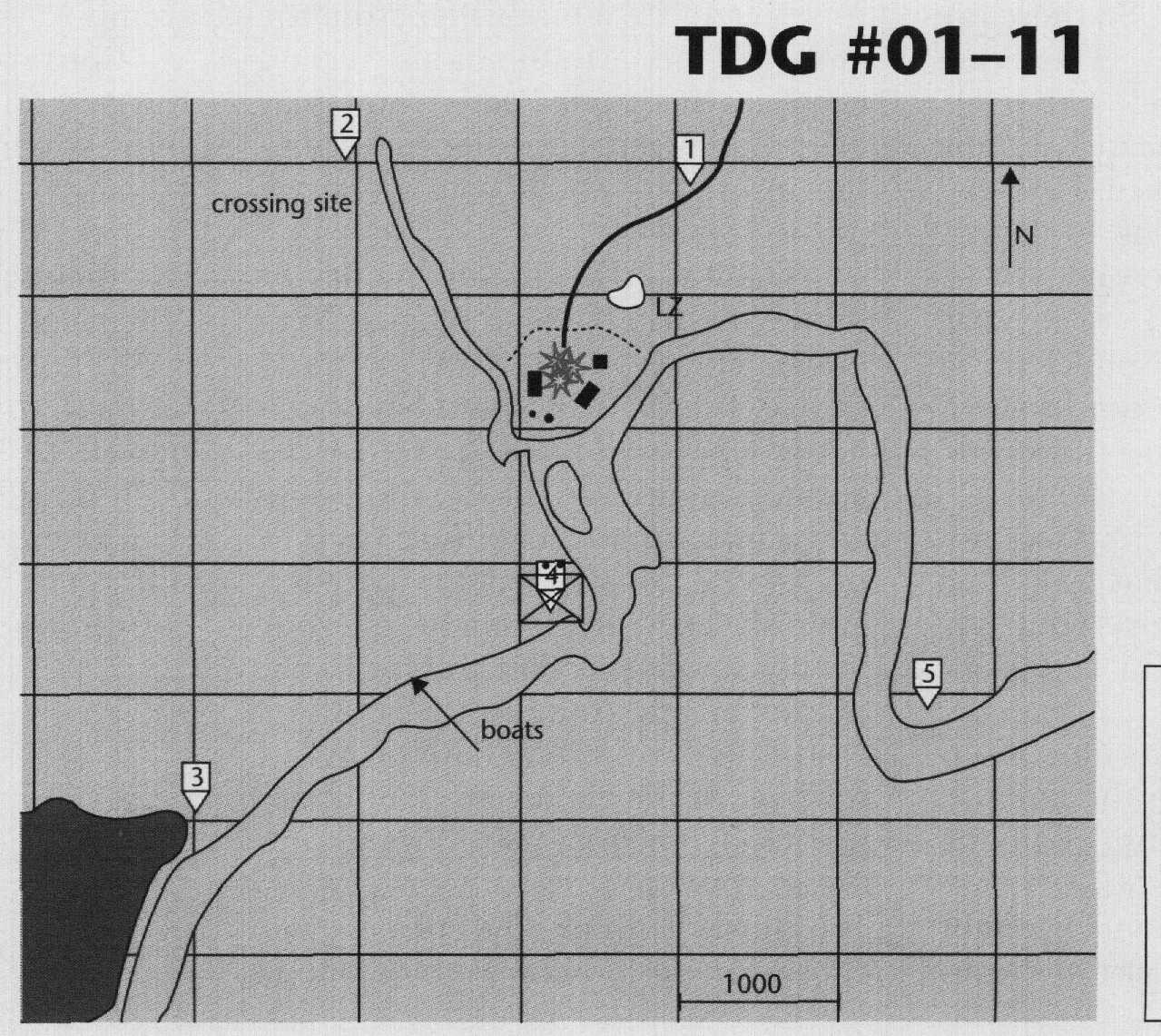Out on Patrol
Posted on May 17,2019Article Date Nov 01, 2001
By Maj Terry Branstetter
General
A special purpose Marine airground task force (SPMAGTF) has been deployed to the coastal region of Southlandia to take an active role in America’s war on drugs. The coastal plain of Southlandia is tropical with thick vegetation. Rivers are the major means of transportation and communication. On these rivers, narcotics traffickers transport their products from inland camps, where the drugs are manufactured, to the coast where they are exported by sea and air.
The narcotics traffickers in Southlandia have been growing more and more technical in their means of producing and exporting. Manufacturing locations are small, widely dispersed camps that move frequently and, apparently, randomly. While some drugs are driven and some flown from the inland, most are transported via river to the coastal area where ocean and air transportation are more readily available. There are even rumors that submarines may be employed to ship drugs. The SPMAGTF is based at a small airbase near the third largest village in the province. The command element is augmented with several provincial police, a liaison officer from the U.S. Coast Guard, and a detachment from the U.S. Drug Enforcement Agency. The SPMAGTF is part of a Marine Corps led joint task force located in Southlandia’s capital. The MAGTF is composed of an aviation combat element built around four CH-53Es. The ground combat element (GCE) consists of a lightly equipped infantry battalion and a detachment from the division’s small craft company. Companies conduct operations along the Pacora and Chepo rivers. The combat service support element provides general support to the MAGTF and provides direct support to the GCE in the form of one forward logistics base supporting riverine operations along the Chepo.
Situation
 You are a squad leader conducting a security patrol along the Chepo River. The remainder of your platoon is located at the base camp, having just returned from operations up river. The rest of the company is operating on the east side of the river and with small craft (two riverine assault craft and six rigid raider craft) on the river to the south.
You are a squad leader conducting a security patrol along the Chepo River. The remainder of your platoon is located at the base camp, having just returned from operations up river. The rest of the company is operating on the east side of the river and with small craft (two riverine assault craft and six rigid raider craft) on the river to the south.
Your patrol was inserted by boat near checkpoint 5 (CP 5). From there you moved through the thick, 10-foot high vegetation to CP 1, then to CP 2. As you moved southeast from CP 2 to CP 4, you noticed what looked like a crossing site. You decided that you would report it during your next radio call at the top of the hour. On reaching CP 4, you post security and take 10. While finishing your second canteen, you hear gunfire to the north. You radio back to the base camp, occupied by the rest of your platoon and the combat service support detachment; you get no answer. As the firing intensifies, you are convinced that the base camp is under attack.
As you pull in your men to issue a frag order, you find out that one of them has spotted what looks like two boats a few hundred meters down river. What is your frag order?
Requirement
In a time limit of 2 minutes, issue your orders to your squad. Provide a brief rationale for your actions and a sketch of your plan. Submit your solution to Marine Corps Gazette, TDG #01-11, P.O. Box 1775, Quantico, VA 22134, fax 703-630-9147, or e-mail <[email protected]>.




